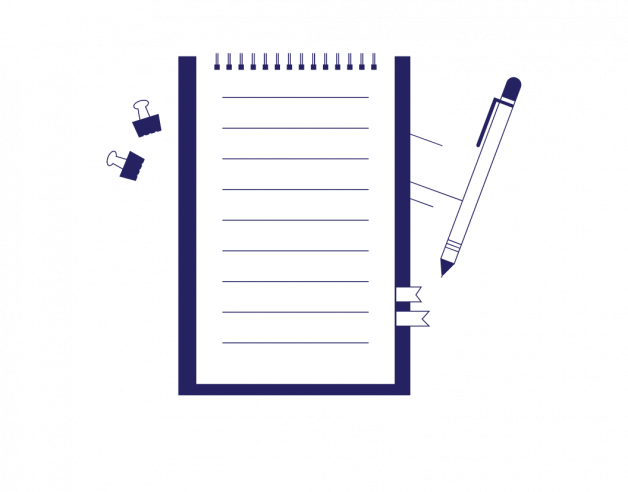
-
4-minute read
-
17th November 2022
What Is Syntax in Writing?
English can be a complicated language. Sometimes, just by changing the order of words in a sentence, you change the sentence’s whole meaning. The order of words in a sentence is called syntax.
Here are some examples of how the order of words in a sentence can change its meaning:
Only my grandfather eats beef sandwiches.
The first example means that the speaker’s grandfather eats nothing but beef sandwiches, and the second example means that no one else but the speaker’s grandfather eats beef sandwiches. Moving just one word in a sentence can transform its meaning.
Syntax in writing usually follows the grammatical rules of syntax, but it can also deviate from those rules as a stylistic choice by the writer.
The Rules of Syntax
If you speak English fluently, syntax might come naturally without you realizing it. If you really think about it, though, there are rules to the way you order a sentence to convey the correct meaning.
These are the common rules of syntax:
● A complete sentence should have a subject and a verb.
● Imperative sentences are an exception to the rule above because the subject is the person being spoken or written to.
● The subject should come before the verb, and the object (if there is one) should come after the verb.
● Adjectives and adverbs come before the words they describe.
● A sentence should reflect one idea. If more than one idea is presented in a sentence, it’s best to split it into two or more sentences.
● Like sentences, subordinate clauses need to have a subject and a verb.
● The subject and verb in a sentence need to follow subject–verb agreement.
Syntactic Patterns
There are different types of syntactic patterns, too. On the surface, they might seem tricky. Once you get to know them, though, they’re simple. Before we go into the types of syntactic patterns, we need to define the 9 terms below:
1. Sentence: A group of words conveying a complete meaning.
2. Subject: The person or thing performing the action of the verb.
3. Object: The person or thing affected by the verb.
4. Direct object: The word or phrase receiving the verb’s action.
5. Indirect object: A word or phrase receiving the direct object.
6. Object complement: A word that comes after the object to describe it or rename it.
7. Verb: A word describing an action, state, or occurrence (aka a doing word).
8. Clause: A group of words that includes a noun and a verb is a clause, which is used to form a sentence.
9. Adverbial complement: An adverb or adverbial that is needed to complete the meaning of a verb.
Find this useful?
Subscribe to our newsletter and get writing tips from our editors straight to your inbox.
Subscribe to Beyond the Margins and get your monthly fix of editorial strategy, workflow tips, and real-world examples from content leaders.
These definitions might feel like a lot to take in, but they should make sense when you read the 7 types of syntactic patterns below.
1. Subject and verb: The hamster slept.
2. Subject, verb, and direct object: The hamster ate the apple.
3. Subject, verb, and subject complement: The hamster is sleepy.
4. Subject, verb, and adverbial complement: The hamster ran quickly.
5. Subject, verb, indirect object, and direct object: The hamster bit me on the chin.
6. Subject, verb, direct object, and object complement: The hamster made her cage messy.
7. Subject, verb, direct object, and adverbial complement: The hamster licked her paws clean.
Sentence Structures
The structure of sentences also falls within syntax. There are four types of sentence structures, and they follow the syntactic patterns we listed earlier. They are:
1. Simple sentences: A sentence made up of one independent clause.
2. Compound sentences: A sentence made up of two independent clauses that are joined up by either a subordinate conjunction or a semicolon.
3. Complex sentences: A sentence made of one independent clause and at least one subordinate clause.
4. Compound-complex sentences: A sentence that features two independent clauses that are joined by at least one subordinate clause.
Proofreading and Editing
Want to make your writing perfect? That’s where we come in. We offer a proofreading and editing service that’ll give you access to top-tier editors. Your editors will make sure that your writing is perfect, including:
● Essays
● Reports
● Poems
● Commercial content
● Presentations
● Or anything in between!
With our team, you can be sure that your writing is free of spelling, grammar, punctuation, tone, formatting, and clarity errors. Want to try it out without spending a dime? Get 500 words of your writing proofread completely free of charge!




